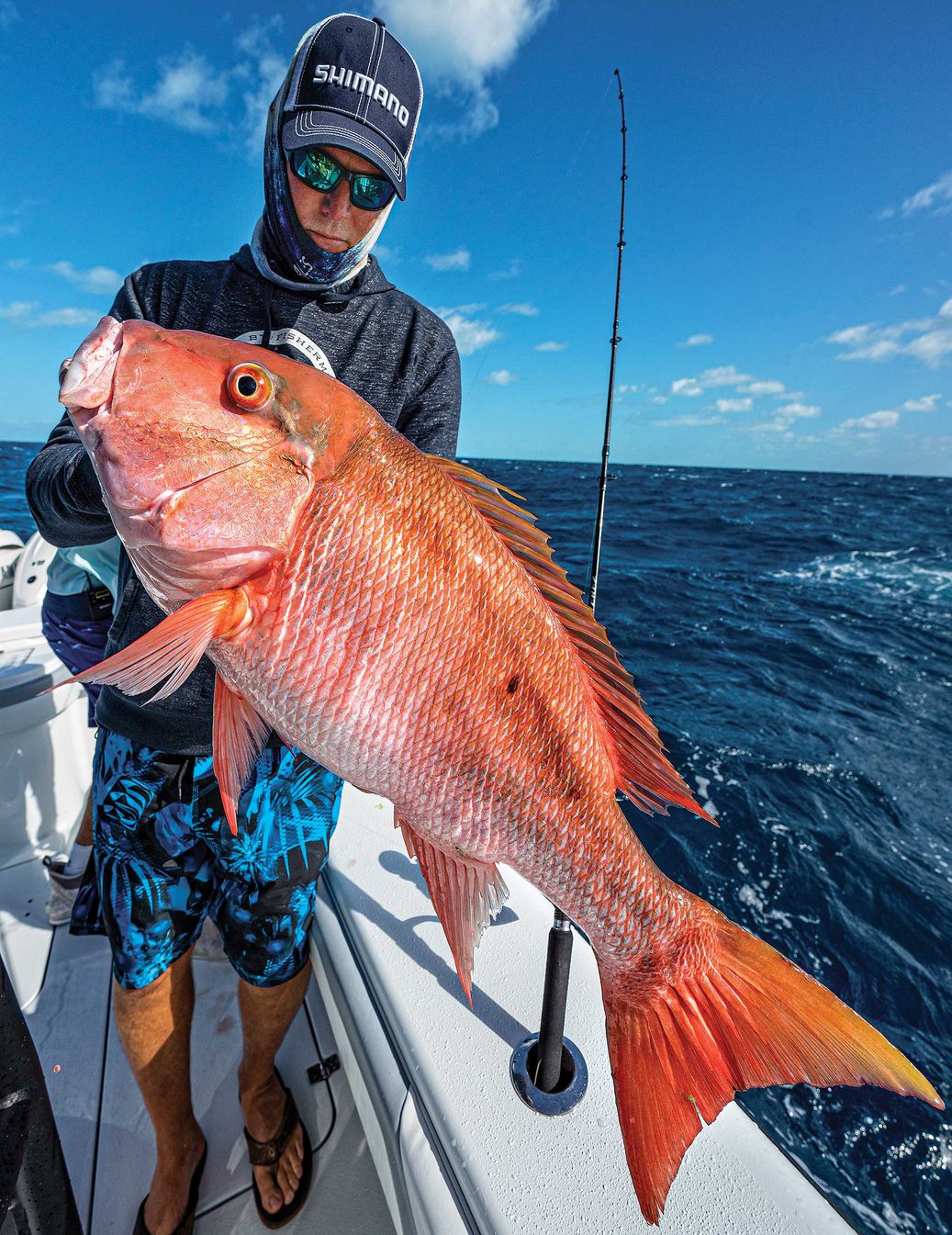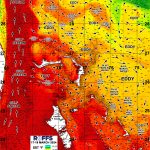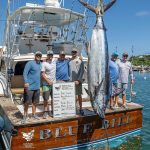As anglers, sometimes we get so fixated on what works in a specific region and for a particular species, we forget that experimenting and adapting our tackle and tactics frequently pays off. With a little ingenuity, it’s often possible to turn a slow or average outing into an unforgettable catch fest.
I remember one trip in Islamorada, Florida, that proves the point. While everyone else was boating yellowtail snapper on No. 4 hooks at the stern of the boat, compatriot Sean Reilly and I were at the bow, dropping chunks on the same high-low rigs with the 5/0 hooks we regularly fish in New Jersey waters. After watching us catch a mixed bag of 10-pound gag grouper, 15-pound mutton snapper and 20-pound king mackerel, the entire boat forgot about the yellowtails, and I was tying dropper rigs with 5/0 hooks for everybody.
Bottomfishing rigs used across the country are vast and varied, but many share some common traits that can be applied to different species in other waters. Top bottomfishing captains from different regions shared some of their favorites to easily add to your arsenal.
Cold water surrounds the New Jersey wrecks and reefs where Capt. Pat Murphy primarily targets tautog, cod, ling and porgies. He favors the two-hook snafu rig, especially for ‘togs. It consists of 50- or 60-pound mono leader, to which you tie a simple loop for the sinker at the bottom, and a half-inch dropper loop some 10 inches above to attach a 20-inch trace of 50-pound mono leader with 4/0 Octopus hooks snelled on both ends. To attach it, form a loop in the middle of the short mono piece, insert it into the dropper loop, then pull both hooks through to complete the loop-to-loop connection and allow them to dangle on opposite sides. “You want the hooks hanging below the sinker so the baits barely rest on the bottom,” Murphy says. “Bait each hook with half a white legger or green crab, or use a whole crab with both hooks in it. Clams work just fine also.”
Capt. Joe DelCampo out of Virginia Beach goes deep or shallow, tailoring his technique according to the available fare. “To load up on blueline tiles in deep water, we need a sturdy rig,” he says. “For deep-dropping in 275 to 350 feet of water, my rig consists of 100- to 150-pound mono leader, two 7/0 circle hooks, a pair of three-way swivels and a 12- to 20-ounce sinker,” DelCampo says. After tying on a three-way swivel, crimp one of the hooks onto a 12-inch leader, and crimp it to the second eye. Now tie one end of a 2- or 3-foot length of leader to the third eye of the swivel, and tie the opposite end to the other three-way swivel. Next, crimp the other hook to the second three-way swivel on a 4-inch leader. Finish by tying a piece of 80-pound mono to the last open swivel eye and making a 6-inch loop to slip the sinker on and off. “Bait up with whole squid, strips of bluefish or mackerel,” DelCampo says. “Two hooks ensure you’re not done after one missed strike.”
For black sea bass inshore, DelCampo uses a four-hook dropper rig. “Start with 60- to 80-pound leader, 48 inches in length. Tie a perfection loop on top, then a 4-inch dropper loop with a snelled 6/0 circle hook every 12 inches down. Sea bass often feed higher in the water column, thus the 4-foot rig provides more coverage on a wreck or rubble pile. This rig works well with suspended, schooling fish that show up like a haystack on the fish finder, and it lets you hook multiple fish at once,” DelCampo explains.
Much of the bottomfishing in the Gulf of Mexico takes place in shallower water, often 30 to 70 feet. “We generally fish for red snapper, grouper and triggerfish,” says Capt. Marshall Hardin out of Port Mansfield, Texas. “We don’t encounter much current, so we use a Carolina-style, sliding sinker rig. It starts with a 1- to 8-ounce egg sinker we slide up the line, followed by a plastic bead, and then we tie on a 100-pound barrel swivel. Next, we snell a 5/0 circle hook onto an 18- to 24-inch section of 40-pound leader, and tie the other end to the swivel to finish the rig. Then we just add a piece of cut bait, drop the rig to the bottom, reel one or two cranks, and wait for a bite. The Carolina rig prevents the fish from feeling the weight on the take, and the circle hook sets in the jaw as it runs off.”
For bigger game, Hardin goes heavy. “When we’re fishing alongside an oil platform, we beef up the rig to target huge warsaw grouper. I use a one-dropper rig to fish a bonito head or really big baitfish right on the bottom, next to the oil platform’s stanchion, looking for that one huge bite,” he explains. His setup is 4 feet long and starts with a 300-pound swivel, then an 8- to 10-inch-long dropper with a 12/0 circle hook snelled or crimped 24 inches down the leader.
Capt. Jeremy Maltz out of Marina del Rey in Southern California fishes the Santa Monica Bay area, targeting rockfish that hang in the kelp forests. “There are two main rigs we use, the double dropper and the three way,” he says. “The double dropper starts with a 36-inch piece of 20- to 25-pound fluorocarbon leader. On one end, we tie a 75-pound swivel, then a dropper 12 to 18 inches down, a second dropper another 12 to 18 inches down, then a loop for the weight on the end.
“Fluorocarbon absolutely makes a difference in the clear water. It does way better than mono leader. And we find that light-wire 1/0 to 3/0 circle hooks outfish heavier-gauge hooks by at least 50 percent.”
For the three-way swivel rig, Maltz starts with 10 inches of 25-pound leader to which he snells a light-wire 1/0 to 3/0 circle hook. “Use a 1/0 hook for anchovies or squid strips, and 2/0 or 3/0 hooks for sardines,” he recommends. “For vermilions, chile peppers, reds, salmon (bocaccio rockfish) and belindas (widow rockfish), I fish the two-dropper rig some five to 15 cranks off the bottom. Starry rockfish are right on the bottom, so I prefer the three-way rig for them,” Maltz explains.
The next time you’re bottomfishing, try some different rigs. A little experimenting will boost your tactics and techniques arsenal, and put more fish in the boat.






